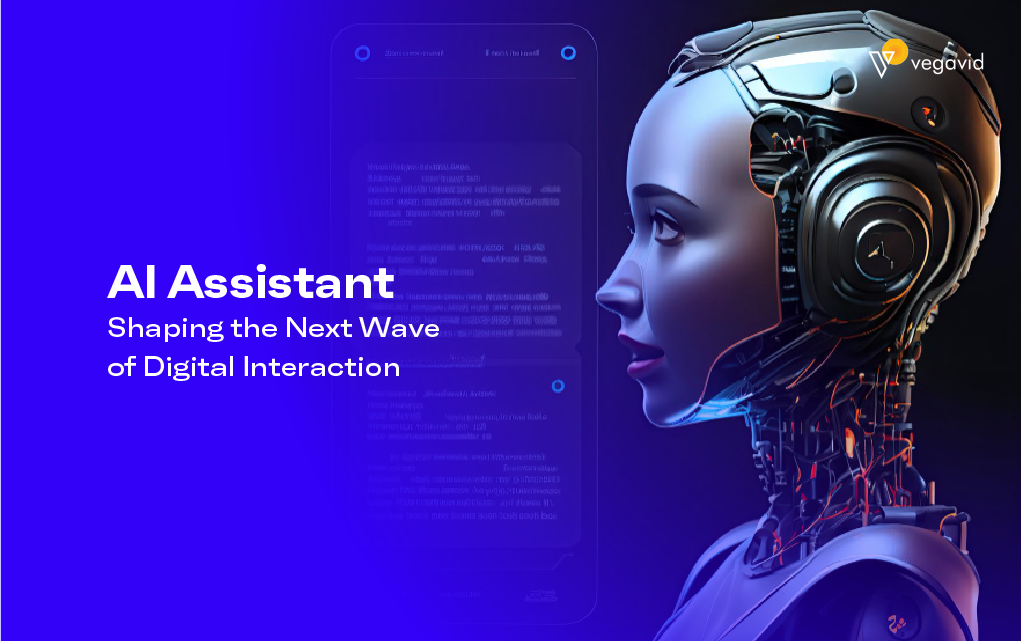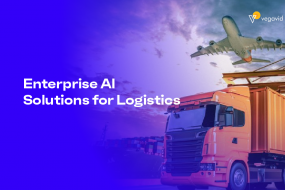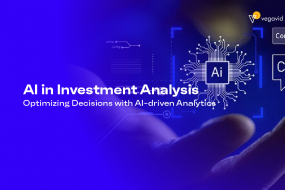
The way we interact with technology is undergoing a dramatic shift. Gone are the days of clunky keyboards and impersonal menus. We’re entering a new era of intuitive and natural communication – the era of AI assistants. These intelligent digital companions are transforming how we access information, manage tasks, and connect with the digital world.
This blog delves into the exciting realm of AI assistants, exploring their capabilities, the impact they’re having on various industries, and the future landscape of human-computer interaction.
The Rise of the Voice Revolution: How AI Assistants Work
AI assistants are virtual personal assistants powered by artificial intelligence. They leverage a combination of technologies, including:
- Natural Language Processing (NLP): This allows AI assistants to understand the nuances of human language, including intent, context, and even emotions.
- Speech Recognition: AI assistants can convert spoken words into text, enabling voice-based interaction.
- Machine Learning (ML): ML algorithms allow AI assistants to learn from user interactions and continuously improve their ability to understand and respond to requests.
These technologies combine to create a seamless user experience. Users can interact with AI assistants through voice commands, text messages, or even touch screens. AI assistants can then access information, complete tasks, and offer personalized recommendations based on user preferences and past interactions.
Beyond Convenience: The Multifaceted Applications of AI Assistants
AI assistants are rapidly becoming ubiquitous, impacting various industries and aspects of our daily lives. Here are some key applications:
- Smart Homes: AI assistants like Amazon Alexa and Google Assistant are revolutionizing how we control our homes. Users can adjust thermostats, dim lights, and control smart appliances with simple voice commands.
- Enhanced Productivity: AI assistants can manage calendars, set reminders, and schedule appointments, freeing up valuable time for users to focus on more important tasks.
- Streamlined Shopping: AI assistants allow users to order groceries, make online purchases, and track deliveries, simplifying the shopping experience.
- Personalized Information Access: Users can get real-time weather updates, news headlines, and sports scores through AI assistants, all hands-free.
- Entertainment on Demand: AI assistants can play music, control smart TVs, and even recommend movies or shows based on user preferences.
The applications extend far beyond these examples. AI assistants have the potential to transform healthcare, education, and customer service by providing personalized support and information access.
The Future of AI Assistants: A World of Seamless Integration
As AI technology continues to evolve, we can expect even more sophisticated AI assistants with enhanced capabilities:
- Contextual Awareness: AI assistants will become more adept at understanding context and responding accordingly. Imagine an assistant that anticipates your needs based on the time of day, location, and past interactions.
- Multimodal Interaction: The future holds seamless integration between voice, touch, and even facial recognition for a truly natural and intuitive user experience.
- Proactive Support: AI assistants will evolve to anticipate and proactively address user needs. Imagine an assistant that automatically books a ride home when your flight lands.
- Industry-Specific Specialization: We can expect specialized AI assistants tailored to specific industries like healthcare or finance, offering personalized advice and support.
The Human Touch: Balancing Convenience with Privacy
While AI assistants offer undeniable convenience, it’s crucial to consider the human element and potential drawbacks:
- Privacy Concerns: AI assistants collect user data for personalization. Ensuring robust data security measures and user control over data collection is paramount.
- Over-reliance and Job Displacement: Overdependence on AI assistants could lead to a decline in critical thinking and problem-solving skills. Additionally, concerns regarding job displacement in certain sectors need to be addressed.
- Digital Divide: Unequal access to technology could exacerbate the digital divide, leaving some populations behind.
Addressing these concerns requires a collaborative approach involving developers, policymakers, and users.
Conclusion: Embracing the Future of AI Assistants
AI assistants are not just a passing trend; they represent a fundamental shift in human-computer interaction. By embracing the power of AI assistants while addressing potential drawbacks, we can unlock a future of seamless and personalized interaction with the digital world. As AI technology continues to evolve, the possibilities are truly endless. The future of AI assistants is bright, and it’s a future where technology empowers us to be more productive, informed, and connected.








